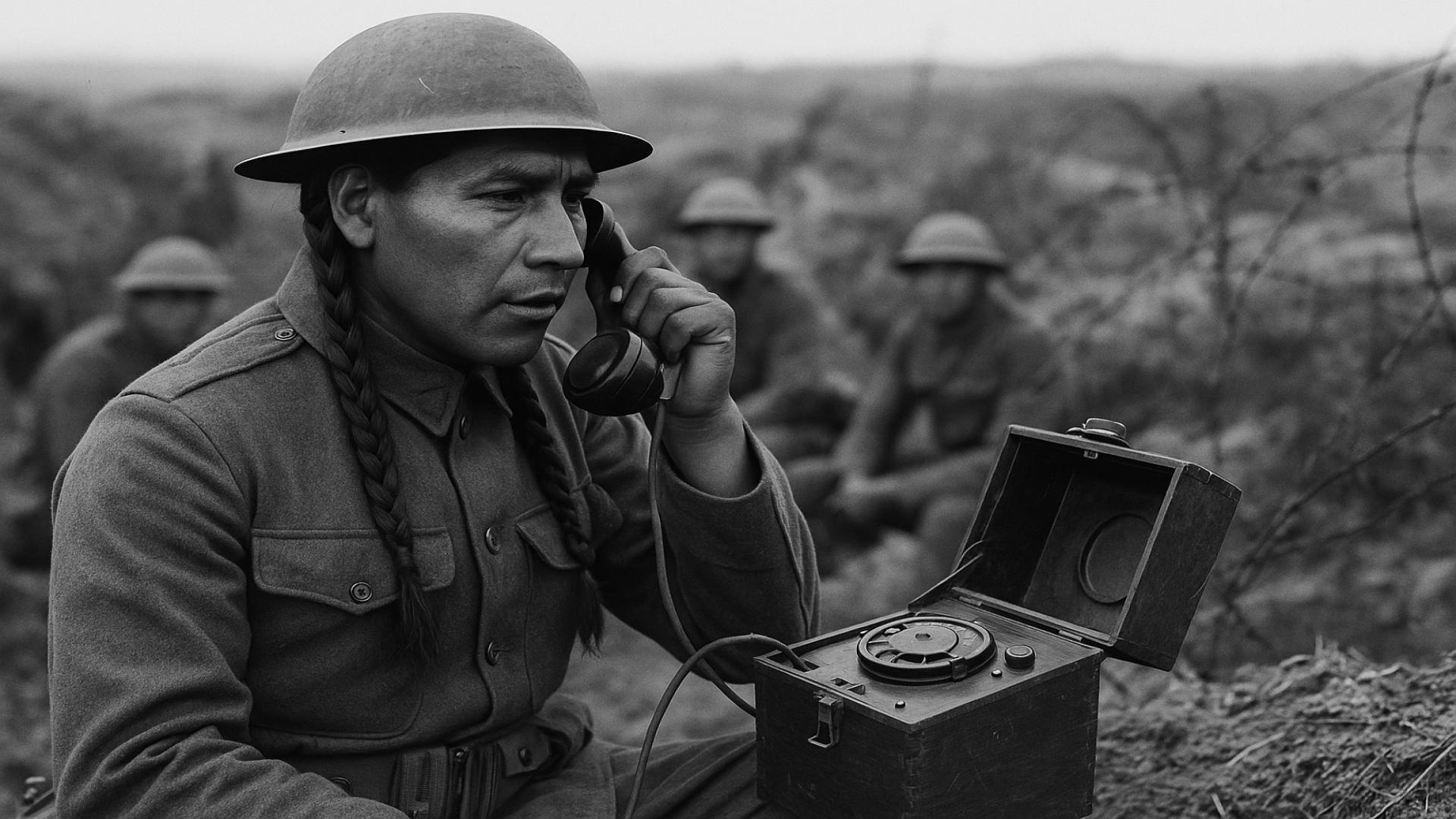1. The Dawn of Code Talking: World War I Origins

During World War I, the U.S. military discovered the remarkable advantage of using Indigenous languages for secure communication. Faced with relentless enemy interception, commanders realized that Native American soldiers could transmit orders and information in their native tongues, creating unbreakable codes on the battlefield. This innovative approach set a powerful precedent for future military cryptography and spotlighted the tactical significance of cultural knowledge. For more, visit the Smithsonian Institution: Native American Code Talkers.

















